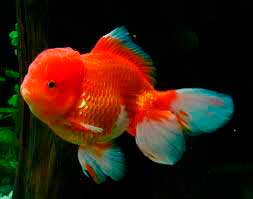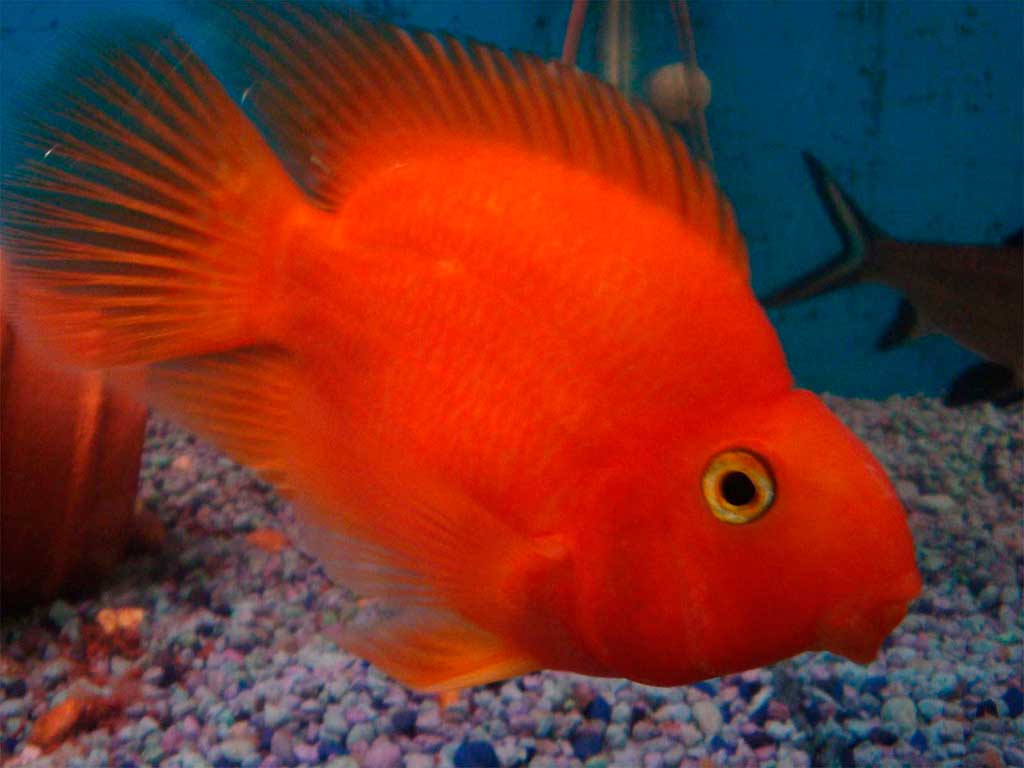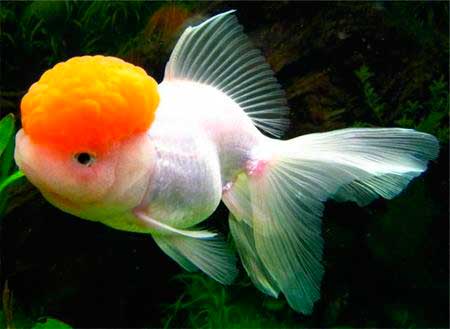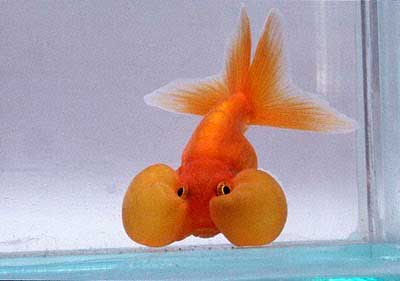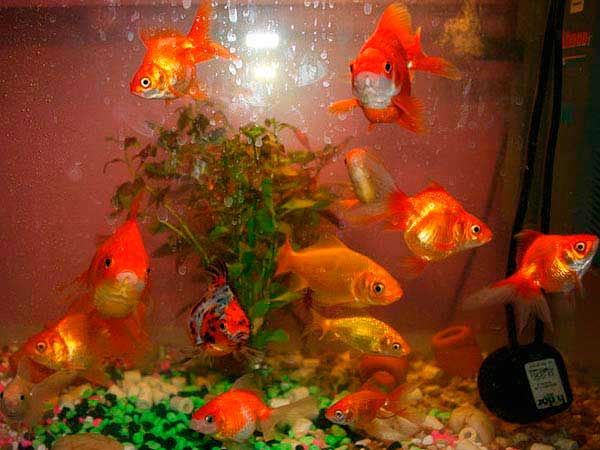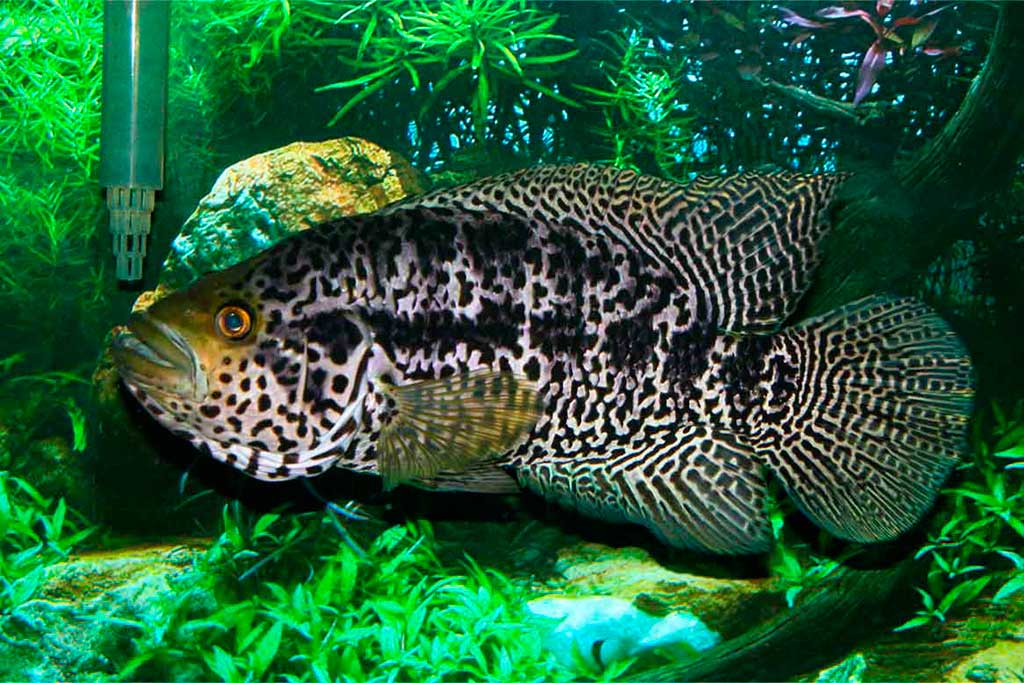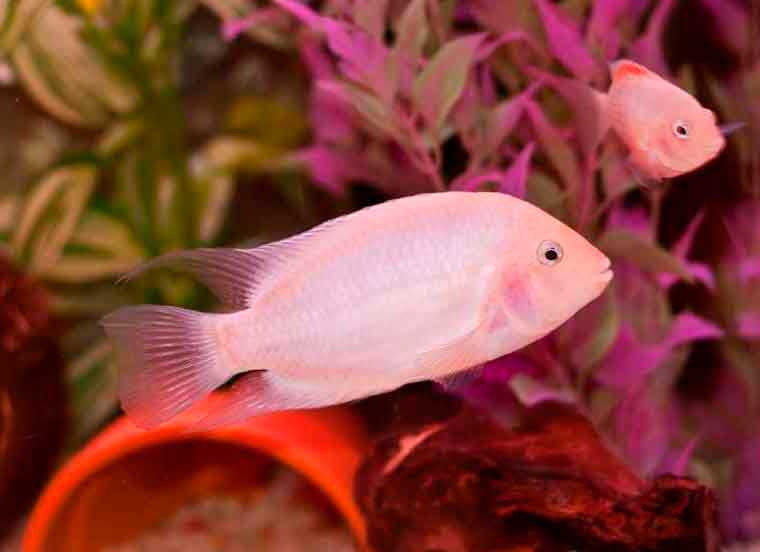The oranda goldfish is one of the bright and attractive representatives of aquarium goldfish, native to China. The first mention dates back to the end of the 16th century. But there are reports that in Japan this fish was known as early as the 15th century.
Goldfish oranda Description
According to Japanese beauty standards, an oranda is more beautiful the larger the fatty growth on its head. The overgrowth is bright red in color, covering almost the entire head, except for the eyes and mouth. It is because of him that the oranda has the fabulous name “Little Red Riding Hood”. Also distinctive features are: the width of the body of the fish is equal to about 70% of its length, that is, the body is short, bloated, like an egg.
Dorsal fin is large and unpaired, the only one of all fins oranda. 70% of the body length is the paired caudal fin, hanging down like the finest silk.The length of the body of an adult oranda grows to 17-18cm, there are larger individuals (up to 23cm). The average age of 15 years, but the better the conditions of its content, the longer the fish lives.
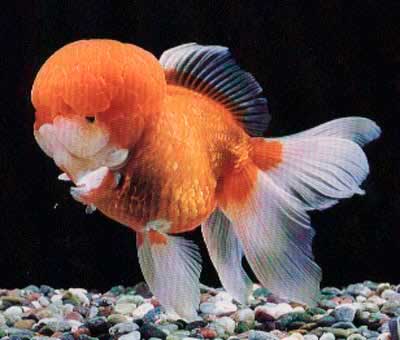
There are two color types of oranda, Calico and Metalic. Calico has a bluish body with colored spots, while the body of oranda Metalik is of different shades with a silver glow.
The orandas are the most attractive, with a white-colored torso and fins and a red cap adorned head.
Oranda – trusting, peaceful fish. Easy to get along in the aquarium with other non-aggressive fish.
Conditions of confinement
Comfortable maintenance of oranda is as follows. Need an aquarium of at least 50L for one fish, but even better – an aquarium of 100L for a couple of fish. Water temperature – +20-22 degrees, acidity – 5-8, hardness 6-18.
Like other goldfish, oranda eats a lot, and the water in the aquarium quickly becomes cloudy, you need a powerful filtration system. The presence of aeration in the aquarium is mandatory – the fish likes clean and oxygen-rich water. Regular (once a week) replacement of part of the water with fresh water (up to 25% of the volume).
In an aquarium with a small amount of plants (lily pad, vallisneria, elodea), space for free swimming is necessary. If they are hypodynamic, they may have metabolic and locomotor problems.
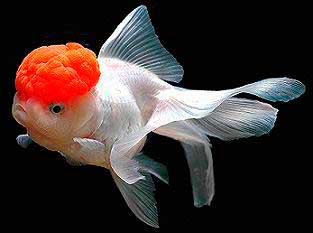
On the bottom place light, pounded gravel or coarse sand, so that fish do not injure their eyes and fins when they want to dig in the ground.
Oranda will gladly eat any type of food: live, vegetable, dry or combined. Ornada eat a lot and can strongly gain weight, feed adult fish should be 1 time a day (young fish – 2 times), strictly observing the daily portion of food. If the fish swims sideways – it is overeating, you need a couple of days of unloading and reducing the portion of food in the future.
The oranda is ready for propagation at two years of age.
